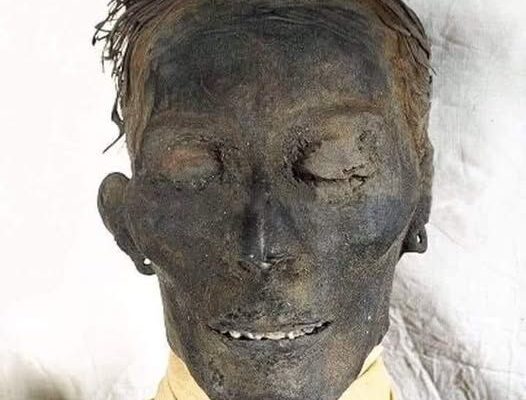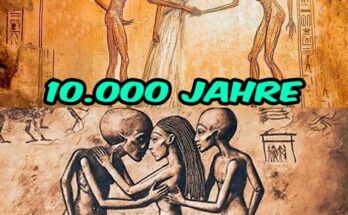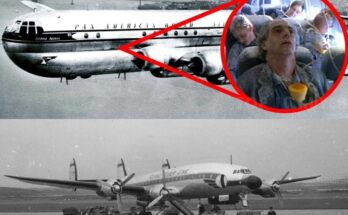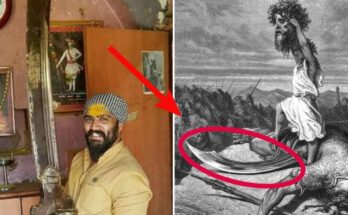In this post, you will explore images from the tomb of Tutankhamun in the Valley of the Kings, an exact replica of his burial site at Howard Carter’s house, the tomb of Pharaoh Ay—who is believed to have taken over the tomb initially intended for Tutankhamun—and artifacts from the Cairo Museum, which will soon be relocated to the new and spectacular Grand Egyptian Museum in Giza.
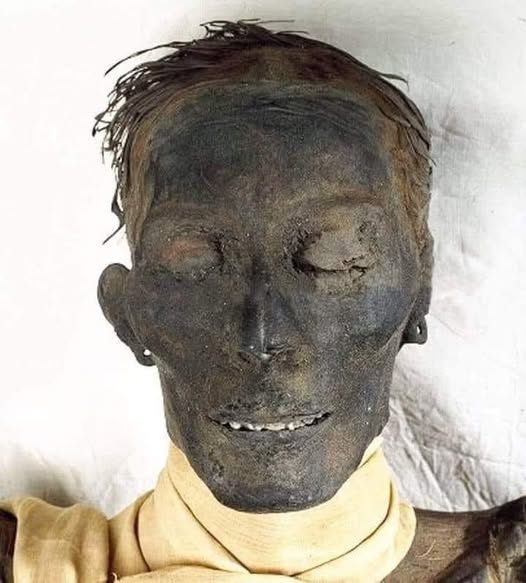
Through objects, tomb paintings, hieroglyphs, and treasure found in four different locations, we will uncover the fascinating story of Tutankhamun.
Who Was Tutankhamun?
Tutankhamun, also known as Tutankhamen, ruled Egypt from approximately 1336-1327 BCE, though some sources suggest his reign lasted from 1334-1325 BCE. Before Howard Carter discovered his tomb in 1922, little was known about him. He was absent from the royal king lists at Abydos and Karnak, which skip from Amenhotep III to Horsemen, omitting Akhenaten, Speckhard (who may have been Akhenaten’s brother or son), and Tutankhamun himself. There is still debate among Egyptologists regarding Speckhard’s gender and whether Tutankhamun was their younger sibling.
During his reign, Tutankhamun restored Egypt’s traditional religious practices, reversing the drastic changes implemented by his father, Akhenaten. Akhenaten had abandoned Egypt’s pantheon of gods in favor of the Aten—a sun god represented as a solar disk—leading to widespread unrest. He even moved the royal court to a newly built capital, Akhenaten (modern-day Amarna). However, upon ascending the throne, Tutankhamun reinstated the old gods, abandoned Amarna, and restored stability to Egypt.
Tutankhamun’s Famous Burial Mask
One of the most iconic discoveries in Tutankhamun’s tomb was his golden funerary mask, which was placed over his mummified head. Currently housed in the Cairo Museum, it will soon be the centerpiece of the Grand Egyptian Museum near the pyramids of Giza.
Inside Tutankhamun’s Tomb
Upon entering Tutankhamun’s tomb, visitors immediately encounter his mummy. Moving further inside, they reach his burial chamber, where a striking scene on the north wall depicts his arrival in the afterlife.
The Replica Tomb at Howard Carter’s House
A visit to Carter’s house allows visitors to see a full-scale replica of Tutankhamun’s tomb, including the south wall painting depicting the pharaoh’s entrance into the underworld, guided by Anubis and greeted by the goddess Nek bet.
The Tomb of Ay: A King’s Betrayal?
Because Tutankhamun died before his tomb was completed, he was buried in a hastily prepared, smaller tomb. His successor, Ay, claimed the larger, more elaborate tomb that may have originally been meant for Tutankhamun.
